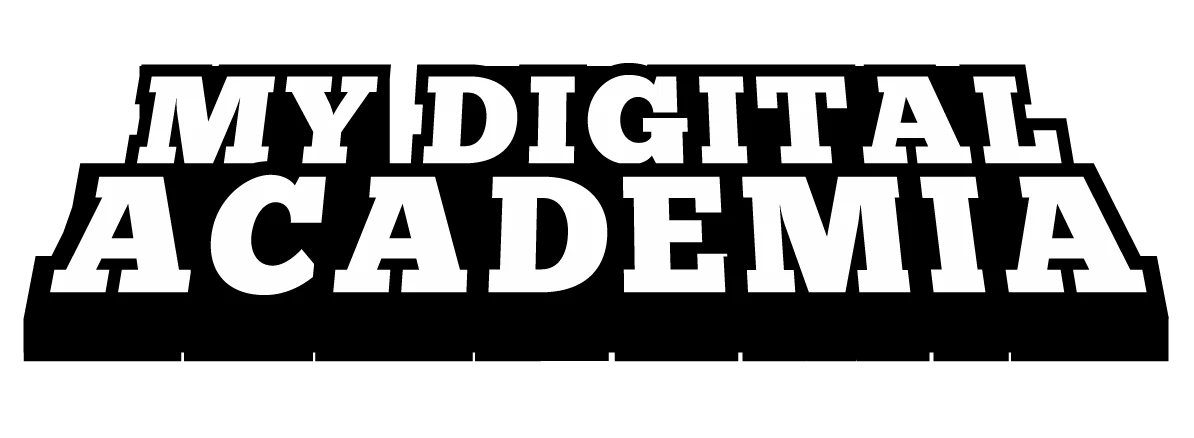Creating a well-structured Facebook Ads plan is vital for the success of your advertising campaigns. Facebook Ads can be a powerful tool for businesses, but without a clear strategy in place, your efforts may fall short. To help you navigate this complex landscape, we’ve outlined a step-by-step guide on how to generate an effective Facebook Ads plan.
Diagram Your Funnel and Recognize Where Paid Traffic is Applicable
Before you dive into creating Facebook Ads, it’s essential to understand your sales funnel. The sales funnel is a visual representation of the customer journey from awareness to conversion. It typically consists of four stages:
Awareness: This is the top of the funnel, where potential customers become aware of your brand and products. Paid traffic is often applied here to introduce your business to a broader audience.
Interest: In this stage, your audience has shown some interest in your offerings. Consider using Facebook Ads to engage them with informative content, like blog posts, videos, or webinars.
Desire: At this point, potential customers are considering your products or services. Use Facebook Ads to showcase the unique benefits and features of your offerings to build desire.
Action: The bottom of the funnel is where your audience takes action, such as making a purchase or signing up for your services. Target this stage with ads that provide a clear call to action.
By mapping out your sales funnel, you can identify which stages require paid traffic and tailor your Facebook Ads accordingly.
To find more information about how to complete this part, please click here ( SOP 075 )
Structure Your Facebook Ads into Different Campaigns, Ad Sets, and Ads
The second crucial step in creating a successful Facebook Ads plan is structuring your campaigns effectively. Facebook offers a hierarchical structure consisting of Campaigns, Ad Sets, and Ads. Here’s how to organize your ads:
Campaigns: At the top level, create separate campaigns for different objectives. Facebook offers a range of objectives, such as brand awareness, website traffic, lead generation, and conversions. Select the objective that aligns with the specific goal of each campaign.
Ad Sets: Within each campaign, you’ll create ad sets. Ad sets help you target specific audiences, set budgets, schedules, and placements. Here are some tips for structuring your ad sets:
- Audience Targeting: Define your target audience based on demographics, interests, behavior, and location. Consider creating different ad sets to test various audience segments.
- Budget and Schedule: Allocate budgets and schedules for each ad set. You can set daily or lifetime budgets and choose the best times to run your ads based on your audience’s behavior.
- Placement: Choose where your ads will appear, whether it’s on Facebook, Instagram, Audience Network, or the Facebook Messenger. You can also specify device types (mobile, desktop) for your ads.
Ads: At the ad level, you’ll design and customize the creative content of your advertisements. You can use images, videos, carousel ads, or slideshows. Ensure your ad copy and creative align with the specific ad set and campaign objectives.
Throughout your Facebook Ads plan, it’s essential to track and measure your results. Facebook provides in-depth analytics to help you understand what’s working and what’s not. This data will enable you to optimize your campaigns for better performance.
For additional details on how to finish this part, click here ( SOP 069 )
In conclusion, a well-structured Facebook Ads plan is the cornerstone of a successful digital marketing strategy. By following these two crucial steps—diagramming your sales funnel and structuring your campaigns, ad sets, and ads—you’ll be better equipped to create impactful and efficient Facebook advertising campaigns. As you fine-tune your strategy based on data and insights, you’ll increase your chances of achieving your marketing goals and reaching your target audience effectively. Join My Digital Academia and follow the link’s guideline for assistance and information to achieve your goal:
Digital Guideline:



